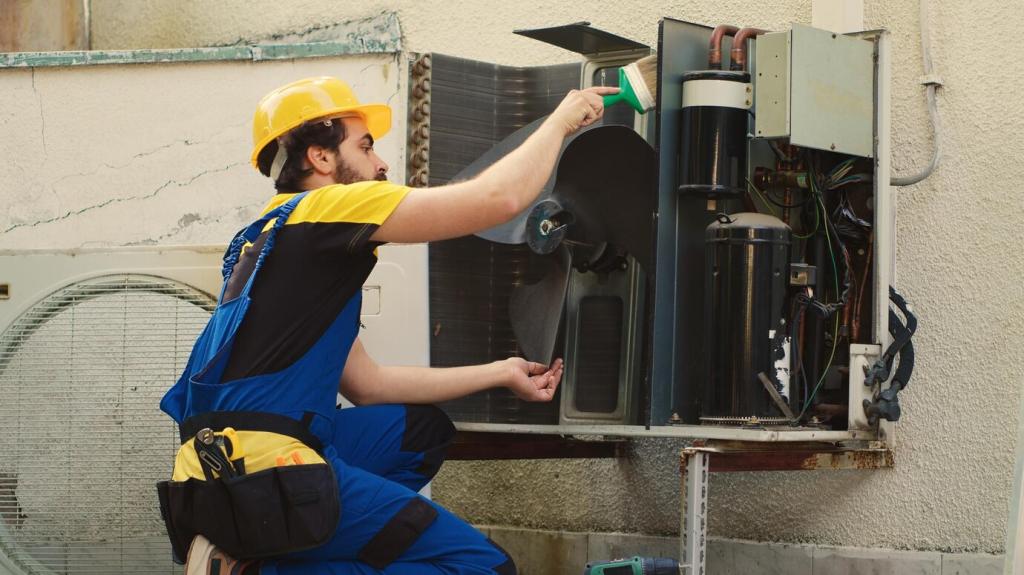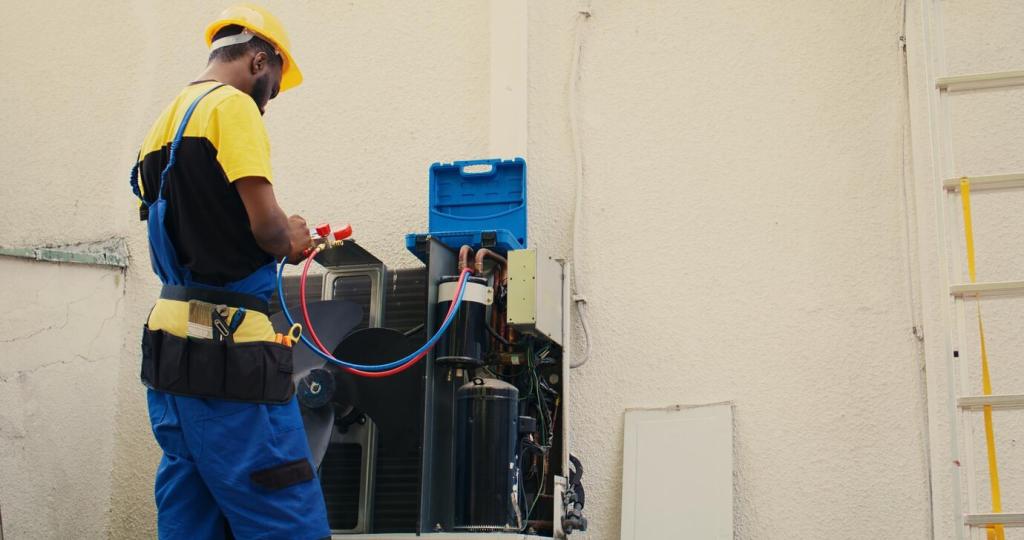Prolonging the Life of Metal Furniture in Salt Air
Today’s theme: Prolonging the Life of Metal Furniture in Salt Air. Welcome to your coastal care guide—friendly, practical, and tested by sea breeze and time. Learn science-backed tactics, quick routines, and creative fixes to keep your patio pieces beautiful for years. Subscribe for coastal-proof checklists and seasonal reminders.

Why Salt Air Attacks Metal Furniture
Salt crystals attract and hold moisture, creating a thin, conductive film on metal surfaces. That film speeds up electrochemical reactions, letting oxygen nibble at your furniture day and night. Rinsing breaks that film, which is why simple freshwater becomes your first defense.
Why Salt Air Attacks Metal Furniture
When different metals touch—say, a steel frame with aluminum accents—saltwater becomes a tiny battery. The less noble metal sacrifices itself first. Isolate joints with nylon washers, marine-grade sealant, or powder coat touch-ups to keep those sneaky currents from chewing through connections.


Materials and Finishes that Outlast the Coast
01
Stainless Steel: 304 vs. 316
Not all stainless is equal. 304 is common but can tea-stain near the ocean. 316 contains molybdenum, boosting resistance to chloride attack from sea spray. If your budget allows, 316 hardware and frames dramatically reduce pitting and ugly surface discoloration over time.
02
Aluminum and Quality Powder Coating
Aluminum naturally forms a protective oxide layer; pair it with a high-build powder coat for a double shield. Look for polyester powders rated for UV and coastal environments. Inspect edges and welds—powder is thinnest there—then touch up with matching enamel to seal vulnerabilities.
03
Galvanizing, E-Coating, and Multi-Layer Systems
Hot-dip galvanizing gives steel a zinc armor that corrodes sacrificially, protecting the base metal. E-coating penetrates complex shapes before powder coating. When these layers stack—zinc, primer, powder—the lifespan jumps. Ask manufacturers to document their coating system and salt spray test results.
A Maintenance Routine That Actually Works by the Water
Hose furniture with low-pressure freshwater to dissolve salty films, paying attention to undersides, hardware, and crevices. Avoid pressure washers that drive salt deeper. While you rinse, note new spots to address later. Quick habit, big payoff—set a reminder and share your rinse day below.
A Maintenance Routine That Actually Works by the Water
Wash with a mild, pH-neutral soap and a soft brush. Skip bleach or harsh acids that can damage coatings. Rinse thoroughly, then towel-dry to prevent water spots and lingering salts. Finish with a light corrosion-inhibiting spray on joints and bolts for extra insurance.

Protective Coatings, Waxes, and Barriers
A thin coat of carnauba or marine polymer sealant reduces salt adhesion and water spotting. Apply two light coats on clean, dry surfaces, buff gently, and reapply every two to three months. It takes minutes and noticeably slows the appearance of tea staining on stainless.
Design Tweaks and Hardware Upgrades for Longer Life
Swap mixed-metal screws for 316 stainless, or use coated fasteners designed for marine environments. Add nylon washers under heads to minimize galvanic pairing. A one-afternoon hardware upgrade often halts creeping rust lines around joints and keeps frames feeling solid.
Design Tweaks and Hardware Upgrades for Longer Life
Where dissimilar metals must meet, insert nylon or rubber isolation pads. Seal seams with a flexible, marine-grade sealant to block salty water from settling. These invisible barriers reduce micro-corrosion that otherwise erupts into visible stains months down the line.
Placement, Storage, and Microclimates
The windward side of a house collects salt faster. If possible, position metal pieces leeward or behind hedges and lattice screens that break gusts. Even a few yards of shelter can cut salt loading and trim your rinse routine dramatically.


Placement, Storage, and Microclimates
Clean, dry, and cover before stowing furniture in a ventilated garage or shed. Elevate legs on blocks to prevent wicking, and avoid plastic tarps that trap humidity. Label hardware bags and include a maintenance note so spring setup is painless.
Real Stories and Community Wins
One reader rinsed weekly, then applied polymer sealant quarterly on 304 stainless chairs. Tea staining slowed to a faint haze after two seasons rather than ugly streaks. Their bonus trick: relocating near a cedar hedge cut spray exposure noticeably.
Real Stories and Community Wins
Marina crews swear by isolating dissimilar metals and staying ahead of nicks. We adapted that at home: nylon washers at every junction and immediate touch-ups. The result was fewer rust blooms and a lot less Saturday sanding in midsummer.
Real Stories and Community Wins
What routine works in your climate zone—Gulf Coast, New England, or Pacific? Drop your best tip, product favorite, or repair photo. Subscribe for our seasonal coastal checklist and get reminders just before peak salt spray months arrive.
